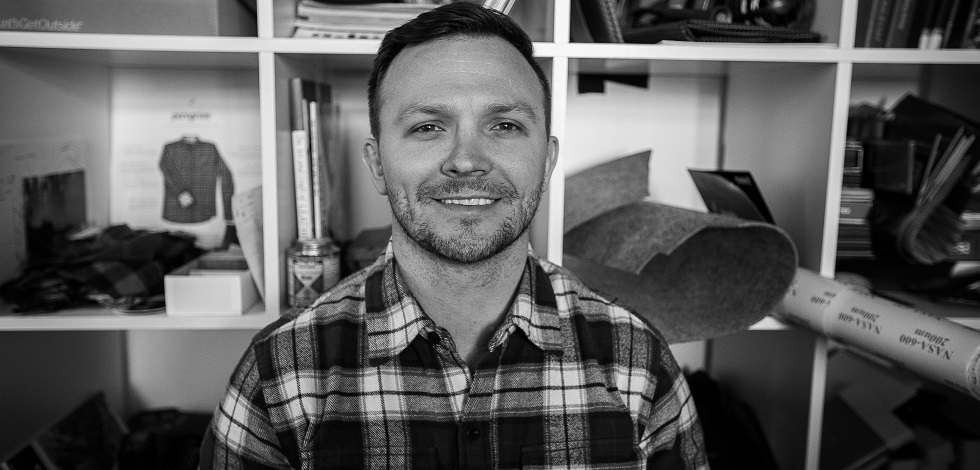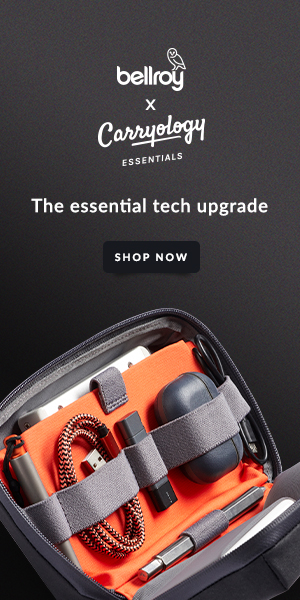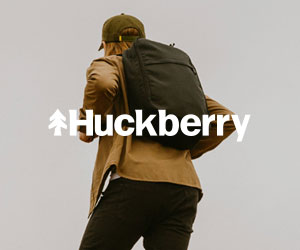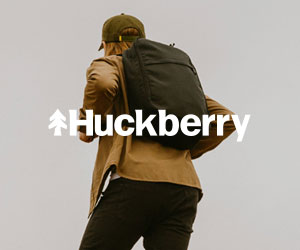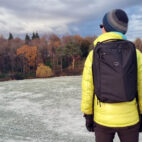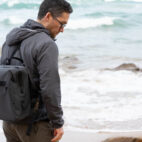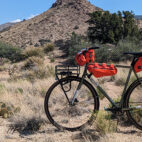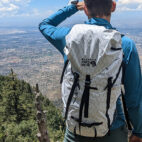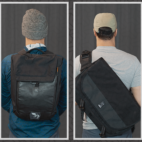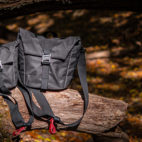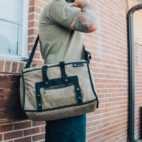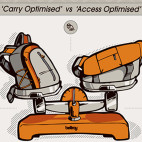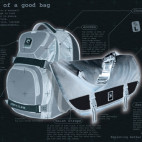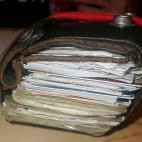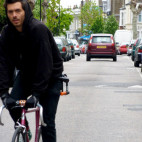Design Heads :: Derick Noffsinger
As a senior industrial designer and company owner, with clients including Black Diamond Equipment, Thule, Gregory Mountain Products and Briggs and Riley to name a few, it’s safe to say Derick Noffsinger knows his way around the design industry. As owner of a design company and co-owner of an apparel company, he’s well positioned to provide industry insights from both a contractor and brand owner perspective. So naturally, we were eager to get inside his head…
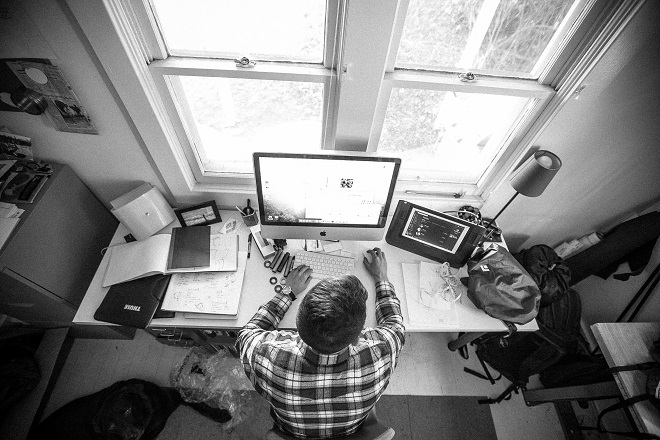
Are there any key insights that guide your stuff? What do you know that most others haven’t realized?
I can’t say I’ve realized something that no one else has, but I feel I’m most successful when I don’t get caught up in one specific genre or industry.
You are pretty active with outdoor adventures, which must help designing gear for these pursuits. How translatable are experiences with one outdoor activity compared to another? Does being a good climber help you design surf gear or sailing gear?
For sure. I can’t say I’m a great climber, I’ve worked with some of the best climbers around at Black Diamond, but I’m constantly out finishing old routes and finding new ones, always trying to push my boundaries. Climbing forces you to make clear decisions, quite quickly. And all these decisions can’t be muddled by your gear. Designing gear for sports where the consequence of failure can be death throws out any superfluous ideas right from the beginning. Surfing and sailing can be mentioned in the same breath, but both have a sense of style that goes along with it. Climbing is 100% functional, even down to color.
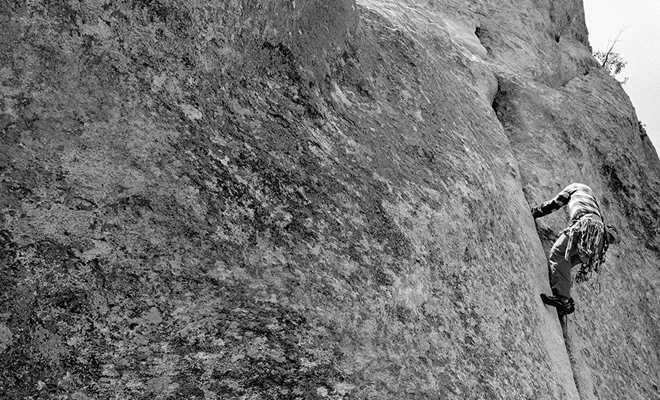
How important is Salt Lake City as a base for what you do? Could you do it from Fargo, North Dakota?
Fargo? Huh, usually people say we should move to Hawaii or Europe and consult from there, not Fargo. I guess I could but a lot of where I work is based on my love for the mountains and the outdoors.
You’re known as a pretty hands-on designer. Why bother getting your hands dirty with development?
Thanks! To me the quickest way to get the conversation started around a new idea is to build it. As quickly as possible get your hands dirty, build it, and put it on the table. This helps you fail quickly and also keeps the conversation around it truthful. Without a physical model or prototype the conversation can dry up quickly or worse yet, it can head in a direction that’s based on nothing at all.
Development is really the implementation of any given idea into production. It’s a super important part of the product creation process and I highly respect the guys in this pursuit. I feel there shouldn’t be a point in time where design steps back and passes off to development. The teams should be constantly intertwined, pushing towards the same goal.
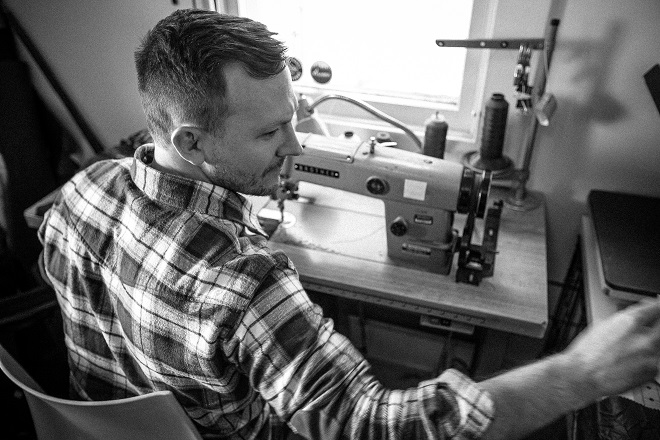
What hints do you get early on about whether a project is going to be a success or failure? The client? The market space? Are you often surprised?
The first hint can come from the client themselves even before a project begins. I try to do as much homework as possible on the client before I take on any project. I try to find their willingness to spend time on innovation and their thoughts towards design in general. Projects could be dead in the water well before they even start. Take for instance a client that has a huge idea to put their industry on its head. That’s all good and fine but if that client doesn’t give the project the right amount of space and budget and just sees it as another seasonal project then their goals aren’t aligning with their actions and confusion can begin to grow.
I look to make sure everyone in the organization is on the same page. This quickly opens doors right from the beginning of a project, making my job much more enjoyable and hopefully it helps make a better product in the end.
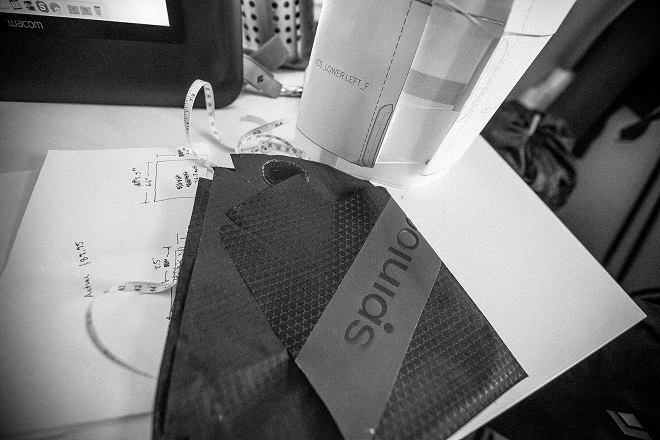
Are there any clients or designers you would still love to work with? Anyone worthy of big respect?
Sure! The guys working on Nike NSW have always been inspiring to me. As well as all the guys at Apple and what they’re doing to push the boundaries of what’s possible in leathergoods. Honestly, I’m impressed with new and different teams every day. The methods that are being developed to create innovative products and the people behind those methods are really what’s inspiring.
You now have your own apparel brand called Pladra with some friends. What’s the hardest thing about being a boss rather than a contractor or employee?
Haha, I would say I’m less of a boss at Pladra than in any other aspect of my career. There’s really no time in a start-up like Pladra to be a boss or have an ego. We’re a small group at the moment just trying to make great product. The decisions we make at Pladra on a day-to-day basis can seem larger in my head than the decisions I’m making as a contractor or employee, for sure. I guess that’s the hardest thing because there’s no one to hide behind when those decisions are implemented.
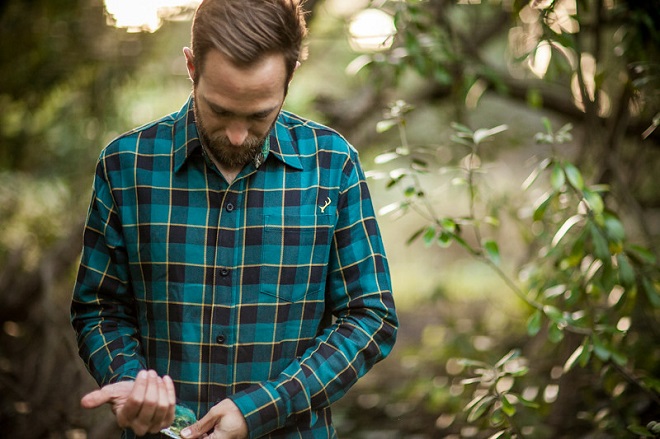
Are you making decisions differently compared to working for others?
Yeah. I feel I’m making decisions lately based more on product and what I believe is right for that particular product, rather than letting the market or a sales team weigh too heavily into the process. I don’t have the heavy weight on my shoulders of getting fired or whatever.
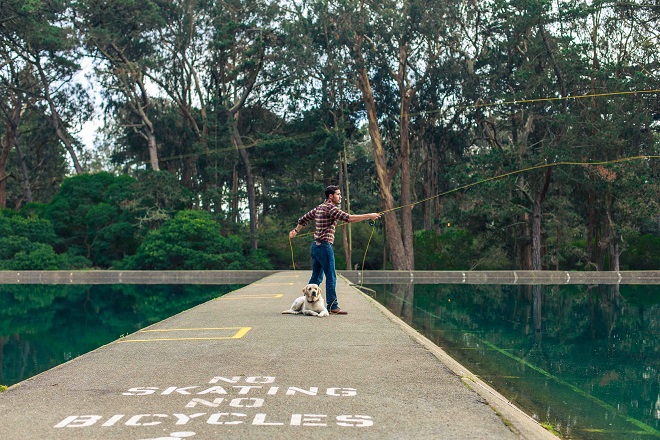
Is freelancing a lonely pursuit?
I don’t think so. I work with a lot of different teams all the time. And when I don’t, it’s nice to have time to myself to really put my head down and work without getting interrupted.

What are your main channels for creative inspiration?
I look to different industries as much as possible. The furniture industry may see cork or felt much more differently than how we may see it. It helps to get others’ perspective on a given material. I guess I’m always trying to change my perspective and look at something from all angles.
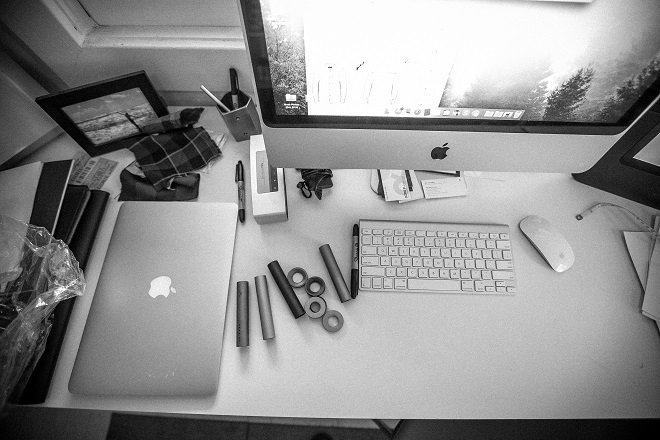
Where is your most creative space and why?
At the moment, probably my office in my house. I have everything here I need; sewing machine, fabrics, lamination press, cutting table, workspace. Or it’s possibly my car when I’m driving. I can sift through ideas quickly there for some reason…and not one crash yet!

Who do you look to in the carry world? Who does rad stuff (brands or designers)?
As for brands, I’ve always loved everything that Red Flag Design has done. They’ve been around for a while and still feel fresh and relevant. I love the narrative to their product and their attention to innovative constructions and material use. As for designers, check out Jeremy Saxton. One of the best designers I know and have had the privilege to work with. He’s worked for Nike in the past and currently works at Black Diamond where he designs all the headlamps. And he recently started a small brand called Quell & Company. His stuff is beautiful. Also, one of the best pack designers I know, Brad Meyer, always has something amazing he’s working on. Brad works for Gregory Mountain Products and is responsible for their ‘Aspect’ series as well as most of their Japanese stuff. He was also on my team back at Hexhead Design working on the original Thule Crossover Luggage line. There’s tons more people I look up to but I’ll keep it short for now.
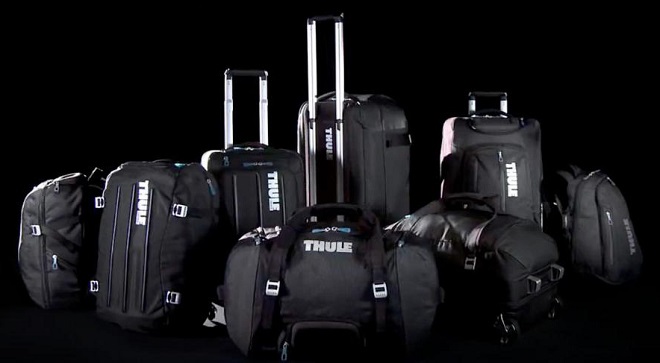
Are there any trends or things folk do in carry that drive you nuts?
Nothing I could think of off the top of my head.
You’ve worked with a number of different teams and brands. What are some of the ingredients that help you make better designs? Is it about good managers or good customers?
Good managers, for sure. I’ve been fortunate enough to work with some great design managers. In particular, the guys at Black Diamond have taught me a lot and I see most of them as mentors. It really boils down to facilitating designers, not directing them. This helps make better, more innovative product.
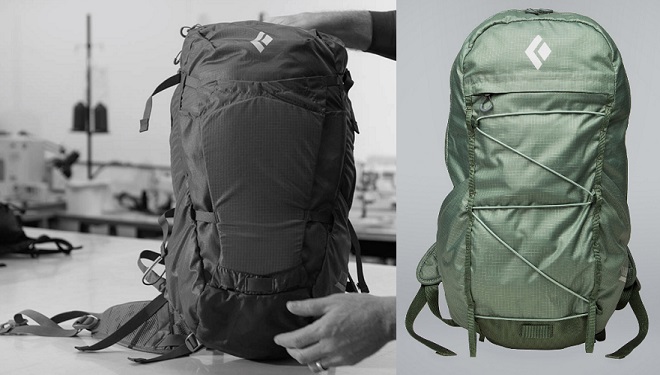
What are your tools of the trade?
Pen and paper, workshop stuff. Nothing special.
What materials do you most like to work with? Are there any new materials you’re experimenting with? Anything that will break the time-space continuum?
It’s not new in anyway but I’m working a lot with leather lately and really trying to understand its attributes and its subtleties. As well as woven cotton (for Pladra of course). I’m really trying to understand and use materials for their natural or intended use.

How do you test your product? What do you look for when testing?
I really look for the right people to test product. The non-biased guy or girl who will put it through the ringer at a level much higher than I ever will. Don’t get me wrong, I’ll really hammer on protos and try my best to trash them to see exactly what they can take, but I do admit it’s on a much lower level than someone who’s getting out there everyday. Testing for Pladra or any one of my clients is a huge piece of the pie and it answers questions about materials and constructions much faster than any office debate.
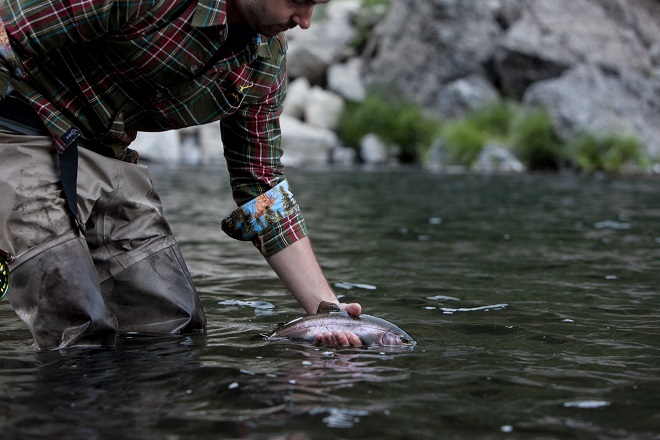
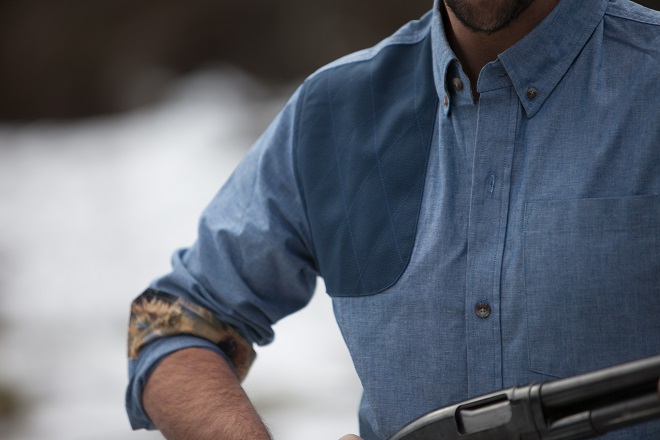
What single product are you most proud of and why?
The Black Diamond JetForce Airbag. For the reason that it required tons of disciplines all working together to bring a revolutionary idea of ‘fan-powered’ inflation to the avalanche safety market. It’s the only product I could think of that required expertise in softgoods design, hardware design, hardware engineering, and electrical engineering as well as expertise in safety equipment and certification. We all worked hand in hand pushing towards a singular goal and I couldn’t say enough about the teams and what we accomplished.
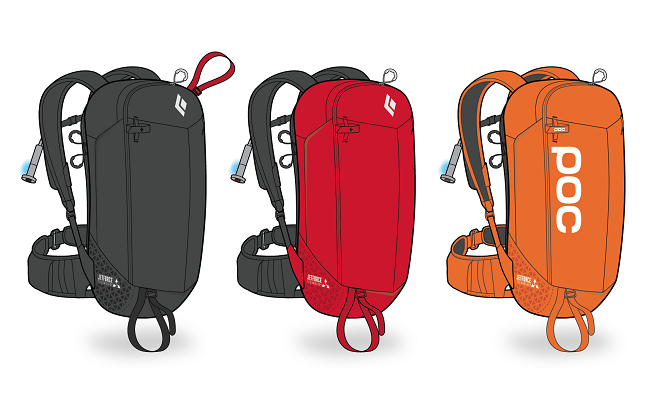
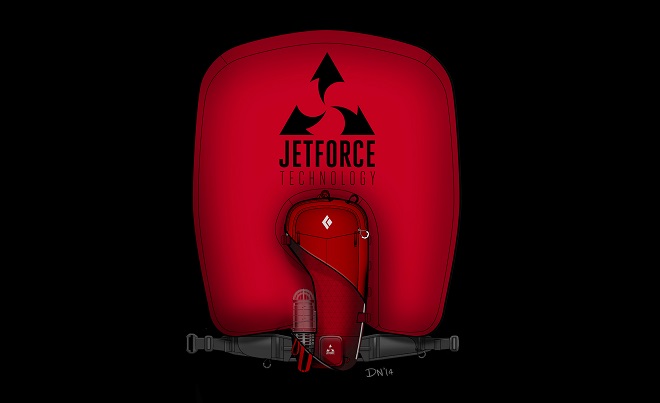
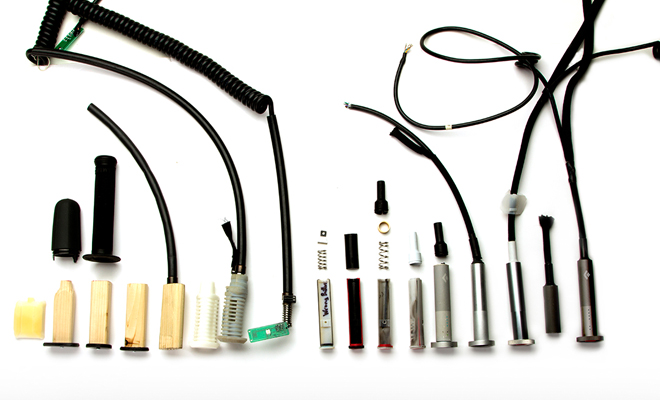
You’ve been in the game for a long time. What’s the most important thing you’ve learned about design?
Design requires teamwork. Any project I’ve touched that has been relatively successful has required a team of people much smarter than me alone. Design to me isn’t sitting alone and sketching or even building, it’s more about getting people excited about something and chasing after that goal together.
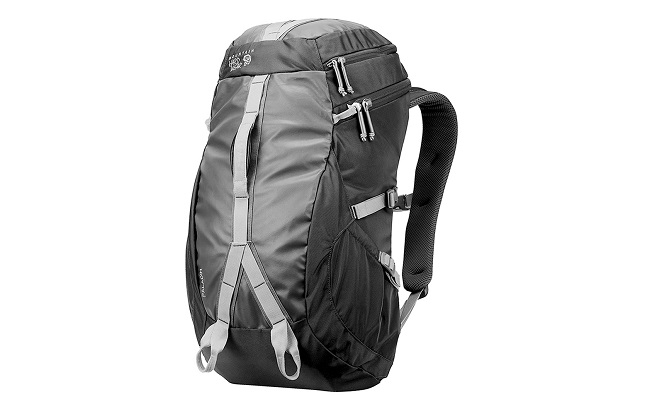
And secondly, what have you learned about the carry industry as a whole?
Every industry is super focused on itself. I feel the shoe industry has figured this out and is pulling inspiration from everywhere BUT the shoe industry. This makes for a great, innovative approach to new product in the future.
What carry product (of your own creation, or anyone else’s if you feel like being generous) do you enjoy the most? What makes it enjoyable?
I’ve been carrying around this Thule hard-sided laptop case for my MacBook Air for the last six months or so. They gave it to me as a proto I think, but it’s beautiful and is holding up to everything I throw at it. Most of the time I don’t use a backpack, just this case. I’m not sure who designed it over at Thule, though.
What motivates you most with design? Why do you keep doing new stuff?
I love making products that can surprise people. Products that can last the test of time and can become someone’s go-to ‘thing’. We’re doing this right now with Pladra and I hope to continue this ethos throughout my career as a designer.
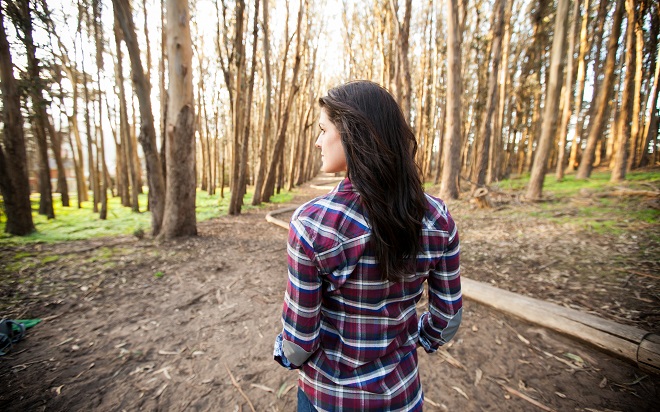
Can we see a pocket dump?
Haha, no. I don’t have anything in my pocket. Besides a fine tip Sharpie.
While you’ve got the camera out, would you mind taking a photo of your workspace, and perhaps identifying any tools or personal items that help you most in your creations? Specific drafting pencils or a lucky charm or an explanation of why your workspace is so tidy and ours is…something not describable using the terms of polite conversation.
It’s not tidy in any sense of the word. If I could point to one thing it would be this KALLAX shelving unit you see in my office. Not too impressive but I have tons of different projects going at once and this has profoundly helped me with organization. Go IKEA!
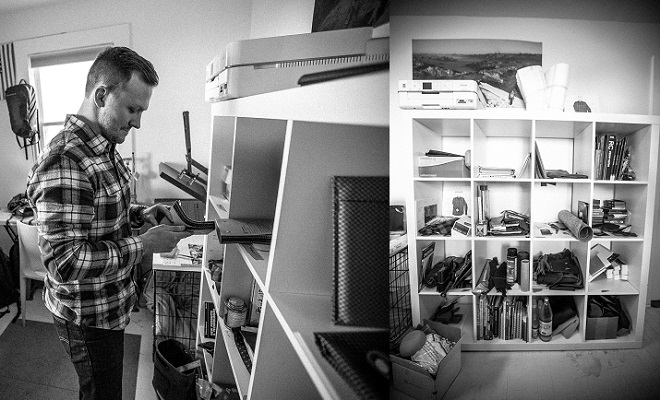
What bags do you run with daily?
I don’t have a specific bag I use on a day-to-day basis. It’s usually something I find in my office, usually an old proto of some sort. For overseas trips I’ve been using a Black Diamond Huey Duffel combined with a Thule Crossover Duffel Pack.
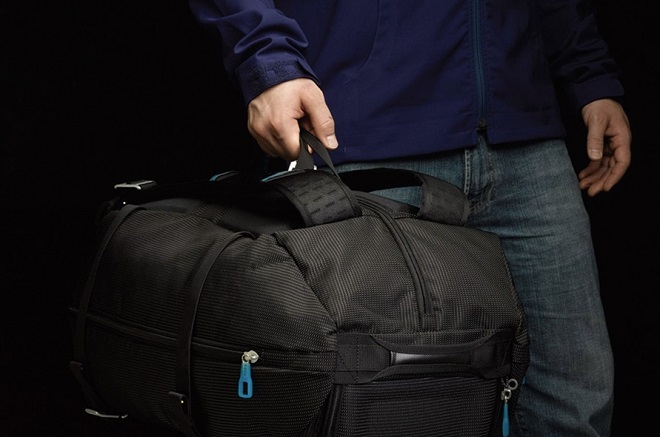
What’s next for you?
I want to keep designing and pushing forward. I want to see Pladra through to the next level. I want to take on big projects that have big consequences, those are always the ones that are worth the hard work. On a different note, my wife and I are always trying to travel more so maybe a bit more of that also.
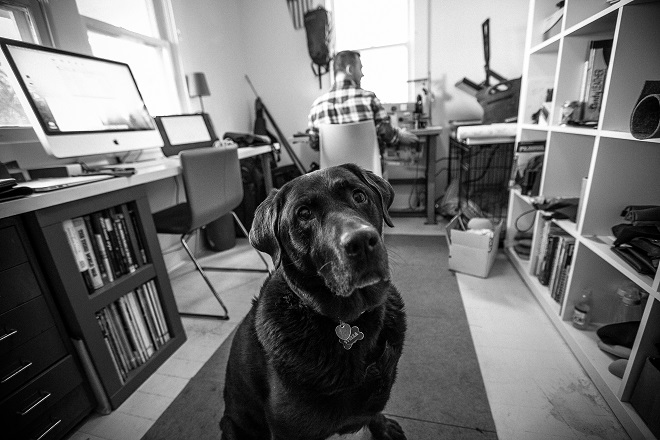





 Carry Awards
Carry Awards Insights
Insights Liking
Liking Projects
Projects Interviews
Interviews
